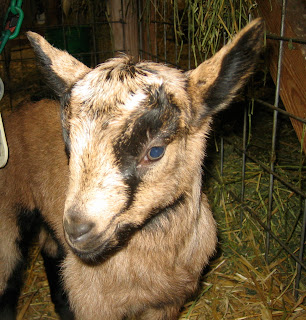 |
| Experimental sheep milk cheese |
Last night I started the first of a four week class,
A Full Introduction to Artisan Cheese and Its Histories at the College of Marin. It covers topics like classifications of cheese (hard, soft, washed rind, bloomy rind, blue), how to professionally assess a cheese (sight, smell, touch, taste, after taste), cheese history and more. This class attracts a variety of folks, from chefs, to farmers, to cheesemakers and lots of cheese eaters. It is a bit torturous to sit through, as everyone has a tray with eight different cheeses sitting in front of them that are not supposed to be eaten until two hours into the class!
The college offers an entire program, created in conjunction with the UC Cooperative Extension office and the California Artisan Cheese Guild, that can be taken in order to earn an artisan cheesemakers certificate. The other classes in the course include:
-Hygiene and Safety in Cheesemaking
-Basic Starter Cultures for Cheese and Fermented Milks
-Milk Types and Quality
-Cheese Chemistry
-Principles and Practices of Cheesemaking
I will get the chance to also take the hygiene class during my internship at
Toluma Farms and hope to eventually complete the whole program.















